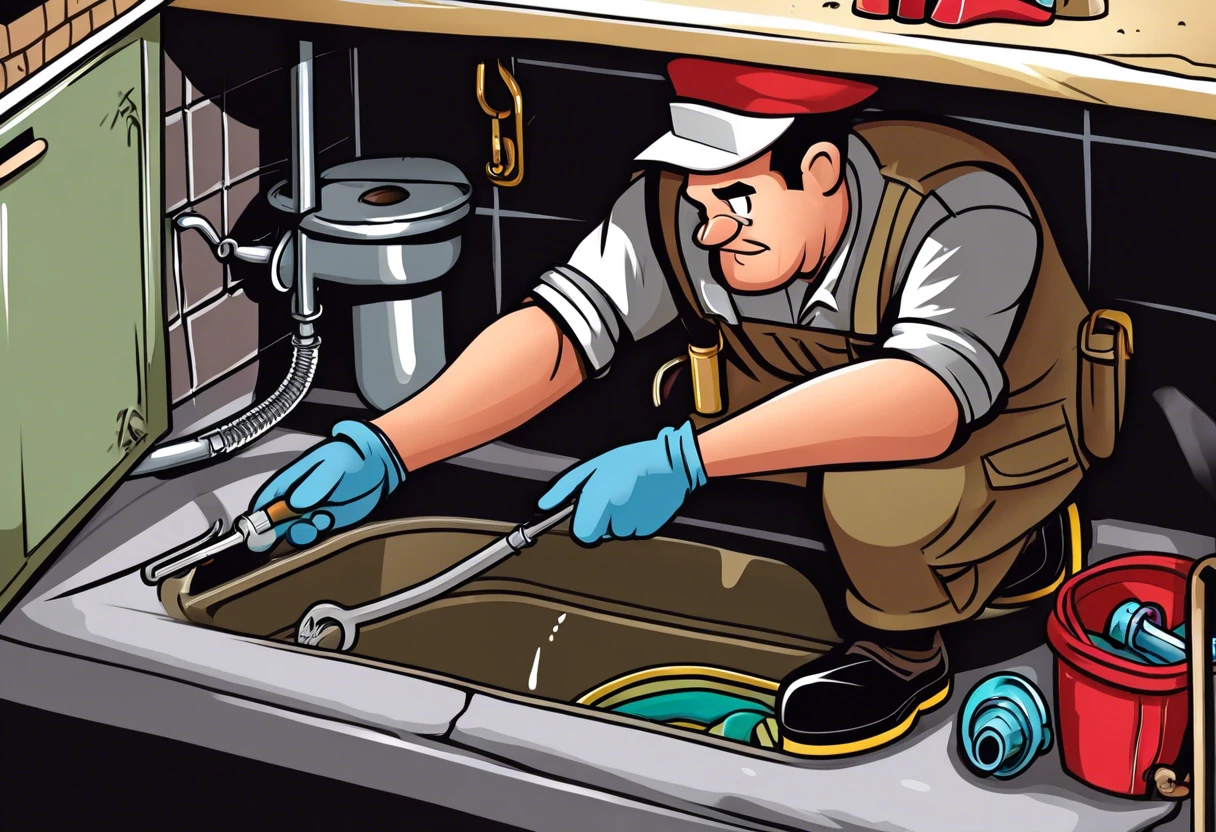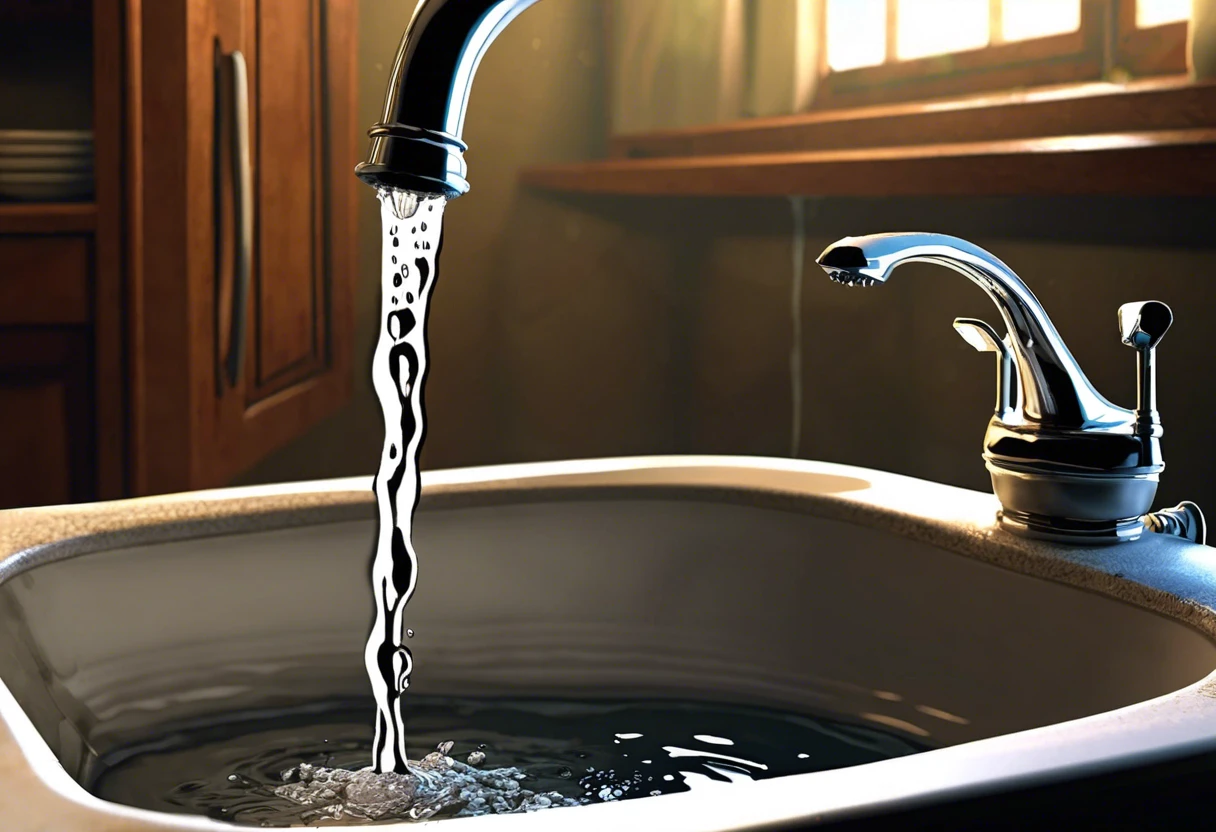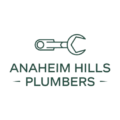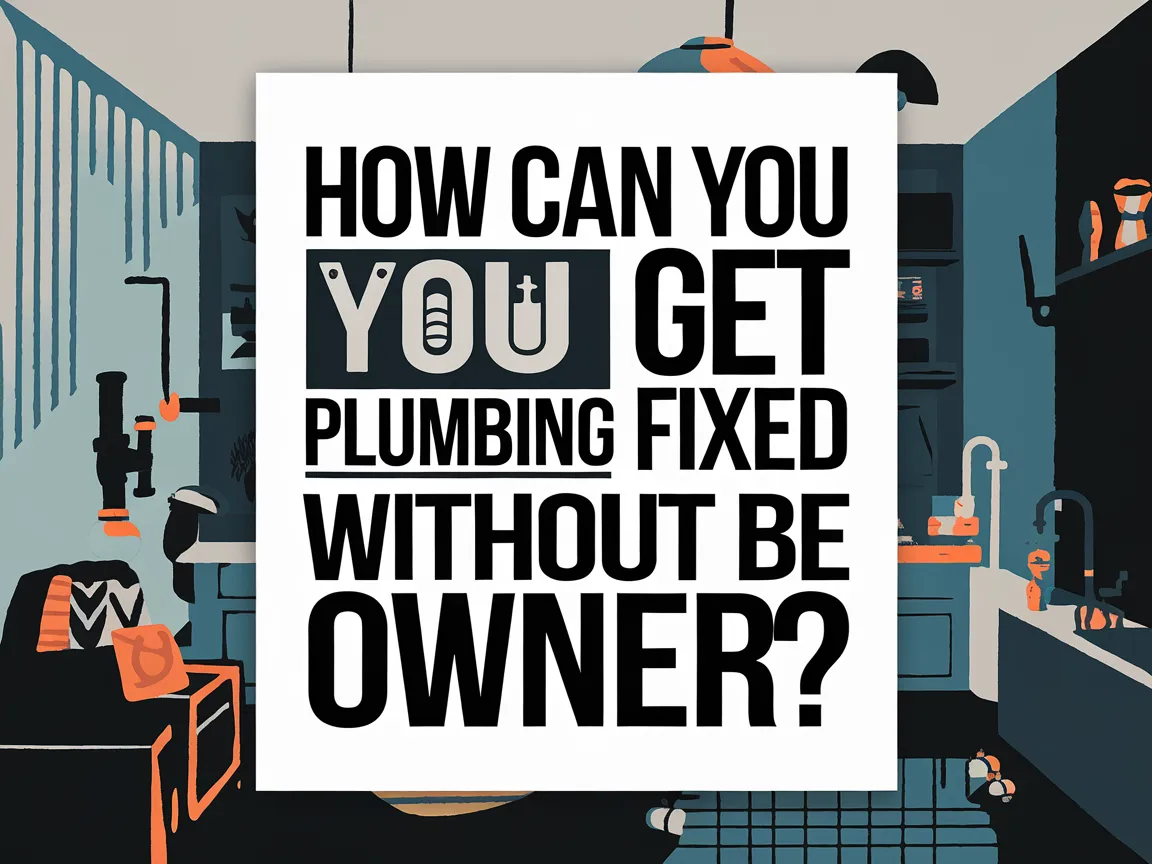What is a Stoppage in Plumbing? Unclogging Issues, Solutions, and Expert Tips
Published on: March 27, 2025 | Last Updated: March 27, 2025
Written By: anaheimplumbers
Hey there, friend! If you’re wondering what a stoppage in plumbing is, you’re not alone. Many homeowners in Anaheim Hills have faced this pesky problem. It’s basically when water can’t flow properly through your pipes, leading to gurgles or slow drains. If you’ve been asking yourself about stoppages, you likely seek answers to get things flowing smoothly again.
I totally get it. Disruptions like this can definitely put a wrench in your day. With years of experience troubleshooting plumbing issues right here in the OC, I’m here to help you understand what a stoppage is and how it occurs. Trust me, I’ve tackled my share of stoppages, so I know exactly what you’re going through.
In this guide, I’ll walk you through several key aspects of stoppages in plumbing. We’ll explore what a stoppage is, discuss common causes, and look at smart solutions for addressing them. Plus, I’ll share info about repair costs and when it’s time to call in the pros. So let’s dive in and get to the bottom of this plumbing mystery!
Page Contents
- 1 What is a Stoppage in Plumbing?
- 2 Key Takeaways from Understanding Plumbing Stoppages
- 3 Exploring the Nature of Stoppages in Plumbing and Their Causes
- 4 Common Causes of Plumbing Stoppages
- 5 Signs That You May Have a Stoppage
- 6 Potential Consequences of Ignoring a Stoppage
- 7 Types of Stoppages in Plumbing
- 8 Effective Methods to Diagnose Stoppages
- 9 Understanding Plumbing Stoppages in Relation to Plumbing Systems
- 10 How Cost for Plumbing Stoppage Repairs is Determined
- 11 When to Call in an Expert for Stoppage Issues
- 12 Frequently Asked Questions About Plumbing Stoppages
- 13 Final Thoughts on Plumbing Stoppages and Effective Solutions
- 14 Additional Resources for You:
What is a Stoppage in Plumbing?
In simple terms, a stoppage occurs when the flow of water in pipes is blocked. This blockage can result from clogs caused by debris, tree roots, or grease buildup. Understanding your plumbing layout and recognizing signs such as slow drains can help you tackle stoppages effectively. Regular maintenance is key to preventing these issues from arising in the first place.
Key Takeaways from Understanding Plumbing Stoppages
You’ll gain valuable insights into addressing stoppages in your plumbing system:
- Understand what a stoppage in plumbing is and recognize its signs.
- Identify common causes of plumbing stoppages and how to prevent them.
- Learn about cost factors involved in repairing various stoppage issues.
- Know when it’s time to call an expert for professional help.
Exploring the Nature of Stoppages in Plumbing and Their Causes
So, what is a stoppage in plumbing? In straightforward terms, it’s a blockage in a drain or sewer line that prevents wastewater from flowing smoothly. I remember a situation in Anaheim Hills where a homeowner encountered a completely backed-up kitchen sink filled with greasy sludge. Not fun at all! A stoppage can stem from various issues, such as debris, tree roots intruding, or an aging plumbing system, leaving you in quite the mess.
When considering stoppages, a few factors come into play. First off, location matters. However, it isn’t just about where the issue arises; elements like the age and type of plumbing system significantly influence stoppages. For instance, homes built in the early 80s in Anaheim Hills often feature PVC pipes that are less prone to root intrusions compared to older cast iron counterparts.

Common Causes of Plumbing Stoppages
A myriad of factors can contribute to plumbing stoppages. Common culprits include hair clogs, soap buildup, and even tree roots. I’ve seen cases where tree roots from large oaks have infiltrated pipelines, complicating matters! Surprisingly, around 85% of plumbing stoppages I encounter in the OC involve roots.
Signs That You May Have a Stoppage
Let’s discuss some signs that indicate you might be dealing with a stoppage. Gurgling sounds emanating from your drains? That’s certainly a red flag. Water backing up when using other fixtures can also signify pipe issues. There was a time when I started worrying whether a bathroom had a serious stoppage when I heard familiar gurgles followed by the toilet refusing to flush. Those are telltale signs you shouldn’t ignore!
Potential Consequences of Ignoring a Stoppage
Ignoring the signs can lead to messy situations, trust me! A friend of mine experienced a sump pump failure because he neglected a stoppage issue, resulting in hundreds of dollars in repairs and plenty of headaches. Neglecting stoppages can escalate into costly fixes and potential water damage—definitely not what anyone wants. Therefore, it’s crucial to trust your instincts, address those signs promptly, and call in a professional before things spiral out of control!
Now that you have a grasp of the nature of plumbing stoppages and their causes, let’s discuss the different types of stoppages.

Types of Stoppages in Plumbing
Understanding the various types of stoppages can help you address issues more effectively.
Common Types of Plumbing Stoppages
Here’s a quick rundown of the most common stoppages you might encounter:
- Partial Blockage: Water still flows but very slowly, often causing gurgling sounds.
- Complete Blockage: No water flows at all, often leading to backup.
- Drain Smell: An obstruction can create trapped debris, causing foul odors.
- Sewer Backup: This occurs when the main sewer line is clogged, causing multiple fixtures to back up.
Table of Stoppage Characteristics
| Type of Stoppage | Symptoms | Potential Causes |
|---|---|---|
| Partial Blockage | Slow drains, gurgling sounds | Hair, soap, food debris |
| Complete Blockage | No drainage | Large objects, severe clogs |
| Drain Smell | Foul odors emanating from drains | Trapped food, stagnant water |
| Sewer Backup | Multiple fixtures backing up | Tree roots, mainline issues |
We’ve now covered the various types of plumbing stoppages. Next, let’s discuss effective methods for diagnosing these issues.
Effective Methods to Diagnose Stoppages
Knowing how to diagnose stoppages can save you time and money.
Visual Checking Techniques
Start by inspecting the affected fixtures for unusual water levels and signs of overflow. If your sink’s water level is higher than usual, that’s your first hint of a potential blockage.
Using Tools for Diagnosis
- Plunger: This handy tool can work wonders for minor clogs.
- Drain Snake: A go-to tool for addressing deeper clogs in your pipes.
- Camera Inspection: For serious issues, some plumbers use cameras to see inside the pipes.
Having covered effective methods to diagnose stoppages, we now focus on understanding plumbing stoppages in relation to plumbing systems.
Understanding Plumbing Stoppages in Relation to Plumbing Systems
In this section, I’ll break down the key aspects of plumbing stoppages and how they connect to plumbing systems.
Plumbing Stoppage Vs. Plumbing System: Key Differences
When facing a plumbing stoppage, it’s important to recognize that you’re dealing with blockages that can significantly disrupt water flow. The plumbing system, however, is much broader; it includes everything from pipes to fixtures specifically designed to safely transport water. As an expert in OC with extensive experience in resolving stoppages, I’ve learned the importance of understanding the entire system for effective problem-solving. One fundamental concept to grasp is the plumbing systems and components, which serve as the backbone of efficient plumbing. To explore this concept further, you can check out a detailed overview of it in what is a closed plumbing system.
The Meaning of a Plumbing System
A plumbing system is your home’s lifeline for water, encompassing water supply lines, drains, and drain lines. In Anaheim Hills, these systems are designed to operate seamlessly; any disruption in this flow demands immediate attention. For instance, I recall a situation where a client’s entire drainage system failed due to invasive roots in the pipes, which highlighted the critical importance of regular maintenance. If you are contemplating starting your own business, it’s crucial to understand the regulations and opportunities regarding plumbing systems in Anaheim Hills. To delve deeper into this topic, we invite you to explore our comprehensive discussion on owning a plumbing business.
Defining the Plumbing System in Your Home
Your home’s plumbing system is vital, consisting of hot and cold supply piping, drainage pipes, vents, and various fixtures. Each component plays a critical role, and neglecting their interconnected nature can lead to unexpected issues, such as flooding. I’ve witnessed entire homes face disaster because a homeowner underestimated a simple drip, delaying necessary repairs. In contrast, plumbing systems in apartment buildings are designed differently due to shared walls and resources. To better understand the specific mechanisms at work in these structures, you can explore a comprehensive plumbing overview that explains the intricacies of apartment plumbing.
The Role of Sump Pumps in Plumbing Systems
Sump pumps manage excess water that collects in your basement, especially during rainy seasons—a crucial feature for homes here in California and their unique environments. Installing one can prevent severe water damage. Just last week, I helped a couple in Anaheim Hills who used their garden-level space as an art studio, and they were thrilled with the dry conditions after their sump pump was fixed!
Sump Pump Plumbing: Its Importance and Functionality
Sump pump plumbing isn’t an optional feature; it’s a vital system that keeps basements safe from flooding. This infrastructure includes the pump and drainage tubes that direct water away. I’ve seen too many instances where neglecting maintenance led to disastrous overflows. You certainly don’t want to be that neighbor with water gushing everywhere.
- Plumbing stoppages lead to flow interruptions.
- Plumbing systems comprise various components like pipes and fixtures.
- Understanding each component helps prevent overall plumbing failure.
- Sump pumps are critical for basement water control, particularly in wet seasons.
- Regular upkeep of plumbing systems saves you from bigger issues.
Now you should have a solid understanding of plumbing stoppages, their causes, and effects. Next, let’s discuss repair costs.
How Cost for Plumbing Stoppage Repairs is Determined
Factors Affecting Plumbing Repair Costs
When it comes to plumbing stoppages, costs can vary significantly based on factors such as the severity of the blockage, the location of the pipes, and the tools required for repairs. For instance, a minor clog in the kitchen sink might cost anywhere from $100 to $250, whereas a more serious issue involving the sewer line could easily exceed $1,000. If you’re curious about specific pricing details, you might want to explore how much new plumbing costs for different situations. Understanding these figures is crucial for effective planning and budgeting for any plumbing projects you may undertake.
Average Cost Estimates for Different Types of Stoppages
Overall, I’ve observed prices for stoppage repairs ranging from $75 for a minor toilet blockage to hefty bills approaching $2,500 for complicated mainline obstructions. Additionally, replacing a toilet can significantly impact your overall plumbing costs. It’s important to remember that unexpected issues, such as damaged pipes or the need for extra parts, can arise during repairs. Therefore, it’s prudent to budget a bit above the initial estimate to cover any unforeseen expenses. If you want to know more about the expenses involved, check out how much a plumber charges to replace a toilet.
Tips to Minimize Repair Expenses
Maintaining squeaky clean plumbing through regular upkeep can prevent much larger issues. Trust me, being proactive could save you a significant amount in the long run!
As for budgeting, I’d say anywhere from $200 to $700 is a reasonable average for most stoppage repairs. Personally, I find that having about $500 set aside helps cover potential surprises like emergency fees. Based on my experience, many stoppages can usually be addressed within a couple of hours, especially with a pro on hand. I recently tackled a nasty kitchen sink clog in under an hour, costing the homeowner about $150—simple stuff!
| Type of Stoppage | Low Estimate | High Estimate |
|---|---|---|
| Bathroom Sink | $75 | $150 |
| Kitchen Sink | $100 | $250 |
| Toilet | $90 | $300 |
| Sewer Line | $1,000 | $2,500 |
When to Call in an Expert for Stoppage Issues
Signs You Need Professional Plumbing Services
You know it’s time to call in the pros when your toilet’s bubbling like a hot spring, or the sink is draining slower than molasses. Stoppages can be tricky little monsters!
Benefits of Hiring Plumbing Experts
Engaging a plumbing expert can save you countless headaches—not to mention time and money in the long run. Local specialists, like those at Anaheim Hills Plumbers, know the ins and outs of your neighborhood better than anyone!
What to Expect From Professional Plumbing Services
When you call in the experts, they will first assess the blockage to identify its root cause. Consider scenarios like tree roots intruding into pipe systems or grease build-ups; their methods can really work wonders!
Here’s some valuable wisdom I’ve picked up: when searching for plumbing services, always choose certified plumbers who are licensed and insured. These professionals can save you from a disastrous backfire down the line! In my experience, a solid local recommendation can also lead you to reputable experts who have effectively tackled stoppages in the past. Additionally, many homeowners often inquire about the types of plumbing systems in use, particularly asking, “What plumbing pipe is used in houses in Anaheim Hills?” Understanding this can significantly affect both water delivery and quality.
To explore this topic further and gain a deeper understanding of the materials that might be present in your home, check out what plumbing pipe is used.
Benefits of Hiring a Local Anaheim Hills Plumbing Expert
When you hire a local expert, you’ll receive tailored solutions based on community knowledge—which, let me tell you, is invaluable here in Anaheim Hills. I recall a project where we quickly unclogged a main line, thanks to insights I received about local root systems. Their steady expertise has been a game changer!
All plumbing work in Anaheim Hills must comply with local plumbing codes and regulations—this is another excellent reason to hire professionals who know the lay of the land! I always advise residents here: don’t attempt DIY unless you’re fully versed in what a stoppage in plumbing truly is! When I take on bidding and planning for plumbing jobs, a solid understanding of the local requirements is crucial. Therefore, I recommend checking out how to bid a plumbing job in Anaheim Hills for best practices and essential insights.
Frequently Asked Questions About Plumbing Stoppages
I often receive questions about plumbing stoppages, so let’s dive into some of the most common inquiries.
What Are the Most Common Types of Stoppages?
The most frequent types of stoppages are clogs in sinks, toilets, and drains, usually caused by accumulated debris, hair, grease, or flushing inappropriate items.
Can You Fix a Plumbing Stoppage Yourself?
Yes, you can tackle a plumbing stoppage on your own, particularly if it’s a minor clog in a sink or toilet. In many cases, basic tools such as a plunger or drain snake are sufficient to resolve these issues. Additionally, having a solid grasp of the various plumbing components can significantly streamline the troubleshooting process. One common element you might encounter is a 1/8 bend, which plays a vital role in guiding waste through the piping system. If you’re interested in understanding more about what a 1/8 bend in plumbing looks like and its importance, this knowledge could greatly enhance your grasp of how household plumbing systems work.
How Can You Prevent Future Plumbing Stoppages?
To prevent future plumbing stoppages, it is essential to flush only toilet paper, use drain covers, and clean your drains regularly. Prevention plays a fundamental role in maintaining a smooth plumbing system. Stoppages often occur when various materials build up in your pipes, making it vital for homeowners to understand the causes behind these blockages. By familiarizing yourself with what leads to stoppages, you can take proactive measures to avoid them. For more detailed information, check out this resource on what constitutes a stoppage to help manage your plumbing effectively.
What Are Common Signs of a Plumbing Stoppage?
Common signs of a plumbing stoppage include gurgling sounds in drains, slow drainage, and toilets that refuse to flush properly. These indicators suggest that a stoppage may be underway. It’s important to address these issues promptly, as neglect can escalate to more severe problems within your plumbing system. By being alert to these warning signs, you can take action before a complete blockage occurs. If you want to learn more about plumbing stoppage and how to identify its causes, be sure to check out what plumbing stoppage is.
How Do You Identify a Plumbing Stoppage?
To identify a plumbing stoppage, pay attention to unusual water levels in toilets and sinks or persistent foul odors coming from drains. Recognizing these signs early can help you address stoppages before they worsen.
What is Considered a Plumbing Stoppage?
A plumbing stoppage refers to any blockage that hinders the proper drainage or flow of water through pipes. Promptly addressing these stoppages is crucial in preventing more significant plumbing issues down the line. One key component in managing water flow effectively is the installation and understanding of angle stops. These essential fixtures control water flow to specific areas in your home, and recognizing their importance can lead to both time and cost savings. For a deeper understanding of how angle stops function in plumbing, be sure to explore more about angle stops in plumbing.
What Includes Stops in Plumbing?
Stops in plumbing refer to any interruptions in the flow of water caused by blockages or obstructions. Understanding how wet venting operates can significantly enhance your ability to address potential stoppages with confidence. To deepen your knowledge, you might find it worthwhile to explore what a wet vent for plumbing entails, as it plays a crucial role in ensuring proper drainage and ventilation within your plumbing system.
How to Fix a Drain Stoppage?
You can fix a drain stoppage using a plunger or drain cleaner to eliminate blockages. Proper techniques for addressing stoppages can typically resolve minor issues without needing professional help.
Final Thoughts on Plumbing Stoppages and Effective Solutions
In conclusion, we’ve defined what a stoppage in plumbing entails, explored various causes like clogs, leaks, sewer backups, and solid blockages, discussed their relationship to plumbing systems and costs, and highlighted when to call an expert.
A stoppage in plumbing is essentially a blockage preventing water or sewage from flowing properly through your system. If you find yourself dealing with these issues, don’t hesitate to check out our services at Anaheim Hills Plumbers. You can use the chat function for a quick estimate and connect with professional plumbers.

